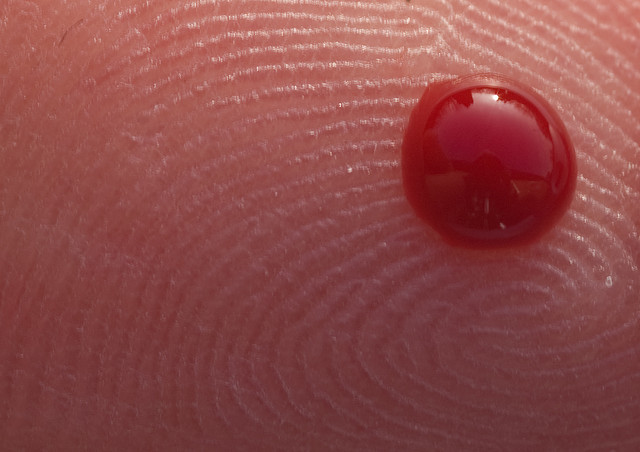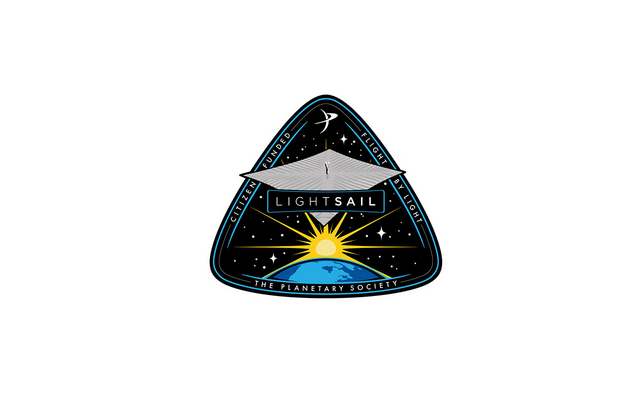
Viral History
A team of researchers led by Professor Stephen Elledge of Harvard and Brigham and Women’s Hospital in Boston has published a paper in the journal Science showing a technique that allows them to determine all the species of virus a given person has been infected with — or at least most of them. The method, known as VirScan, is quite straightforward, even if coming up with it was technologically challenging. The team took tiny pieces of DNA from the 206 species of viruses known to infect humans, and convinced bacteriophages — tiny viruses that infect bacteria — to use those DNA pieces to produce proteins from those viruses. This makes the bacteriophages look, to our immune system, like those human-infecting viruses. Once they’d done that, they could expose a drop of human blood to the bacteriophages, wait for antibodies to cling to them, and then wash away any of the bacteriophages that weren’t reacted to. Then it’s just a matter of testing what DNA is left, and there you have it: a list of all the viruses the blood still reacts to. And since we retain the ability to fight viruses for a long time once we’ve beaten them — sometimes decades — it allows them to get a kind of “viral history.” This could be really useful in researching diseases that may have an as-yet-undetermined viral cause, for example Type I Diabetes. If all the sufferers have had the same virus, it’ll make it a lot easier to see. Check out the New York Times for a well-rounded overview, HHMI’s feature for a more detailed explanation of how it works, or the paper itself if you’re feeling adventurous.

Unpaused
A new study out this week in the journal Science suggests that the so-called “global warming hiatus” was likely an anomaly caused by inaccurate data. In 2013-14, the IPCC indicated that, based on its current data, the period from 1998 to 2012 seemed to exhibit a slower rate of warming (not zero, but slower) than the period from 1951 to 2012. The new data seem to indicate that, rather than the recent years being anomalously slow, there was something more like a brief spike in rates in the 1940s, and what looks to me like a continuing and stable rise from 1900 to the present of something on the order of 2°C. As the Director of the NOAA’s National Centers for Environmental Information, Thomas Karl, says:
Some of the differences the team corrected for were to do with the way past datasets were collected — the difference between using a ship vs. a buoy to collect temperatures, for instance, as well as differences between collection methods using ships — and some to do with addition of new datasets, like the International Surface Temperature Initiative‘s latest. All told, this led the team to the conclusion that things aren’t getting better. What’s more, some of the attempts to explain the “missing heat” — such as warming ocean temperatures — now no longer explain missing heat, but additional heat we hadn’t taken into account. So get ready, everyone: global warming is worse than we thought. Check out the NOAA or the article in Science for more details.

Lightsail’s On-and-Off Mission
On Wednesday the folks at the Lightsail mission control center lost contact with the cubesat once again. A battery glitch was suspected when the solar panels deployed but the batteries seemed not to charge. It might have been that the deployment of the panels used so much battery that they went into safe mode, because as of two in the afternoon yesterday they had once again re-established contact. If the batteries keep charging, then they’ll be trying to deploy the sail around two this afternoon EDT, so here’s hoping by this time next week we’ll have some excellent news to report. Check out the Lightsail mission control center for the latest news.
Fighting Ebola
A new report in the journal Science Translational Medicine suggests that two already FDA-approved drugs might be useful in the fight against Ebola: the antidepressant Sertraline (known commonly as Zoloft or Lustral), and the angina treatment Bepridil (once upon a time marketed in the US as Vascor). A research team composed of members from both public and private ventures tested 2,635 pre-approved compounds in three different stages, narrowing the potential candidates with each stage. In the end, they found that Sertraline led to 70% of the mice making it to 28 days post-infection, and Bepridil seemed to provide 100% protection. For comparison, the mice in the control group uniformly died within nine days. It’s still early days yet — as we know, mice aren’t a great analogue for humans, and the doses used haven’t been approved in humans — but in the meantime let’s hope this research leads to a strong treatment, if not a cure. Check out Karen Kaplan’s coverage in the LA Times for more on the story, or check out the article itself in this week’s issue of Science Translational Medicine.
Antares’s New Engines
Following the catastrophic failure of Orbital’s CRS Orb-3 launch in October of last year, the Antares 100 rocket was retired. The engines had been scheduled to be replaced in 2017, in the Antares 200, since the AJ-26 engines were literally refurbished 40-year-old NK-33 engines built during the cold war. After the explosion, the schedule was moved up, and Spaceflight Now is reporting that the first pair of RD-181 engines, made by Russian company NPO Energomash, are ready to ship. There are still concerns that Orbital has gone with a Russian manufacturer for the engines, given the current unstable political climate between the US and Russia, but the company maintains that it’s keeping its options open. Spaceflight Now has more.
Best of the Rest
In other news, this week:
- NASA’s looking to invest in faster human spaceflight,
- Intel’s ‘Thunderbolt 3’ will be the same shape as a USB-C,
- The world’s largest optical telescope is finally under construction,
- HP’s ‘Machine’ is going ahead without the fabled memristors,
- The coriolis effect really is visible in the way water drains — if you’re really, really careful, and
- Maybe, just maybe, these guys have figured out why gravity is so weak.
That’s all for today. Don’t forget to like us on Facebook and follow me on Twitter, and have a great week.

One thought on “Finding Your Viral History, Un-Pausing Global Warming, and Hoping Lightsail Pulls Through (Again) | Vol. 2 / No. 32”
Comments are closed.